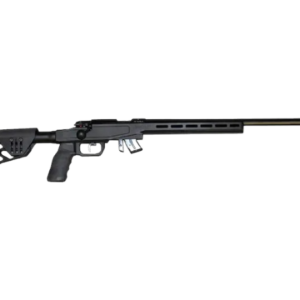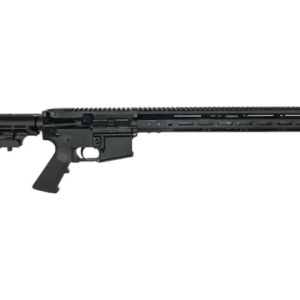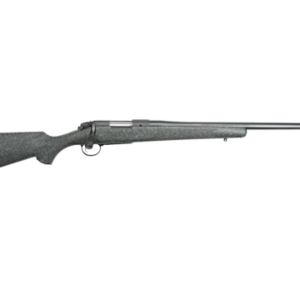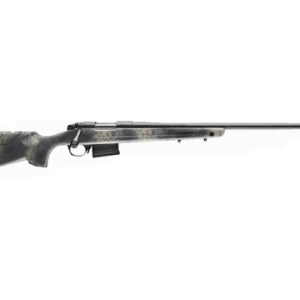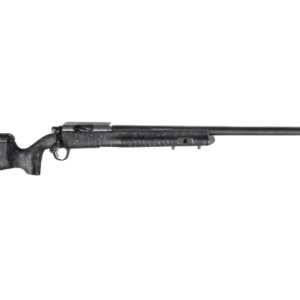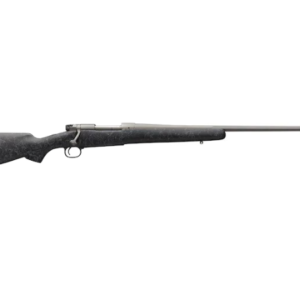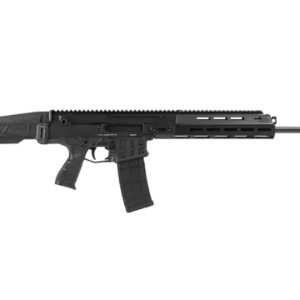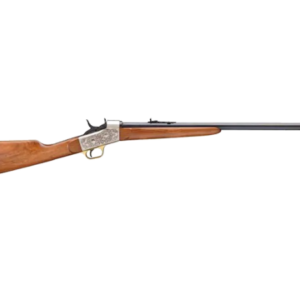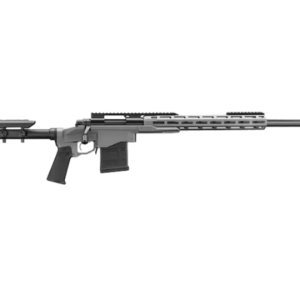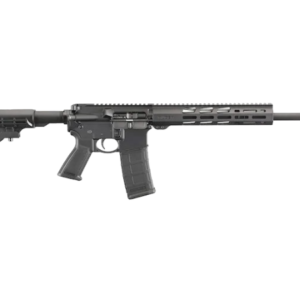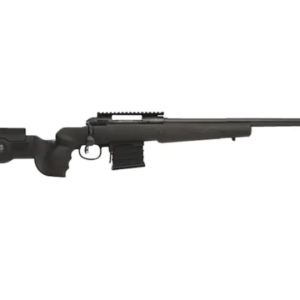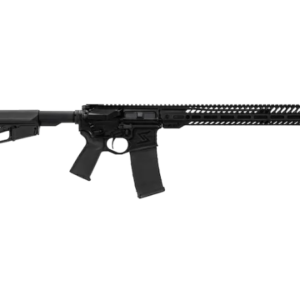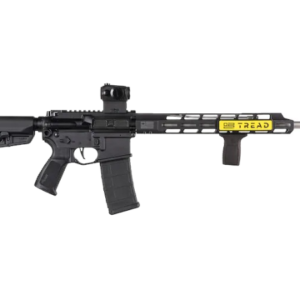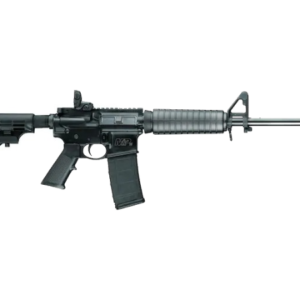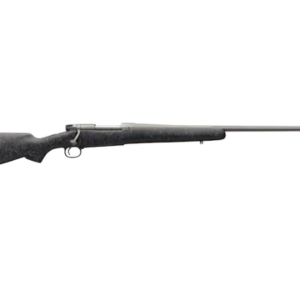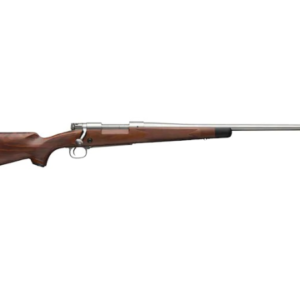Here’s a comprehensive category overview of rifles:
1. Definition and Purpose
- What is a Rifle?: A rifle is a type of firearm designed to be fired from the shoulder, featuring a rifled barrel that imparts spin to the projectile for improved accuracy and range.
- Primary Use: Rifles are commonly used for hunting, sport shooting, military applications, and law enforcement.
2. Types of Rifles
- Bolt-Action Rifles: Operated by manually cycling the bolt to load cartridges. Known for their accuracy, they are popular for hunting and long-range shooting.
- Semi-Automatic Rifles: Automatically load the next round after firing, allowing for quicker follow-up shots. They are used in various settings, from hunting to tactical scenarios.
- Lever-Action Rifles: Feature a lever mechanism to cycle the action. Popular in the American West, they are often chambered in traditional calibers.
- Pump-Action Rifles: Use a pump mechanism to load cartridges, commonly seen in shotguns but also available in rifle formats.
- Assault Rifles: Capable of selective fire (semi-automatic and fully automatic), these rifles are typically used by military forces. Examples include the AK-47 and M16.
- Carbines: Shorter and lighter rifles, often derived from standard military rifles, designed for easier handling in close quarters.
3. Historical Development
- Origins: The rifle evolved from earlier firearms in the 15th century, with rifling introduced in the 16th century to enhance accuracy.
- Military Use: Rifles became standard issue for military forces in the 19th century, replacing smoothbore muskets.
- Modern Advancements: Developments in materials, design, and ammunition have led to high-performance rifles used in contemporary military and civilian applications.
4. Key Components
- Barrel: The part of the rifle through which the bullet travels. Rifled barrels enhance accuracy by spinning the projectile.
- Action: The mechanism that loads, fires, and ejects cartridges. Different types (bolt, semi-automatic, etc.) affect how the rifle operates.
- Stock: The part of the rifle that is held against the shoulder. Stocks can vary in design and materials for comfort and stability.
- Sights: Optical or iron sights assist in aiming. Modern rifles may also utilize scopes for long-range targeting.
5. Ammunition
- Types of Rounds: Rifles use various ammunition types, including centerfire and rimfire cartridges, with calibers ranging from small (.22) to large (.50 BMG).
- Bullet Design: Bullets can be designed for different purposes, such as hunting (soft points), target shooting (full metal jacket), or self-defense (hollow points).
6. Legislation and Regulation
- Gun Control Laws: The legality of owning and using rifles varies by country and region, with regulations surrounding types, calibers, and ownership requirements.
- Licensing: Many places require licenses or permits to purchase or own rifles, along with background checks.
7. Cultural Impact
- Sports Shooting: Rifles are used in various shooting sports, including target shooting, biathlon, and three-position shooting.
- Hunting: Rifles play a significant role in hunting, with different models designed for various game.
- Media and Popular Culture: Rifles are frequently depicted in movies, literature, and video games, shaping public perception and attitudes towards firearms.
8. Maintenance and Safety
- Cleaning and Care: Regular maintenance is crucial for performance and longevity, including cleaning the barrel and action.
- Safety Practices: Understanding and adhering to gun safety rules is essential for preventing accidents and ensuring responsible use.
This overview provides a broad understanding of rifles, encompassing their definition, types, historical context, key components, and cultural significance.
Buy Rifles Online
Bear Creek Arsenal AR-15 A3 Carbine 5.56x45mm NATO Semi-Automatic Rifle 16″ Barrel 30-Round
$600.00
$1,200.00
Buy Rifles Online
$800.00
Buy Rifles Online
Sig Sauer SIGM400 TREAD COIL 5.56x45mm NATO Semi-Automatic Rifle 16″ Barrel 30-Round
$1,300.00
